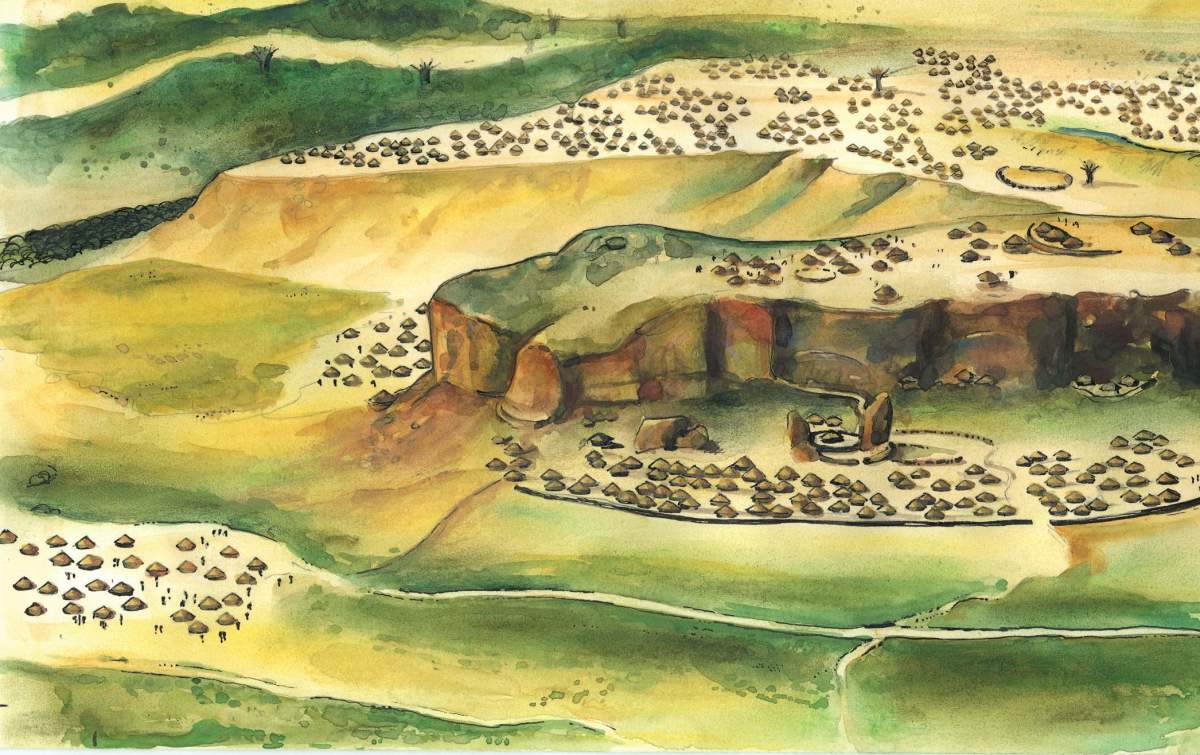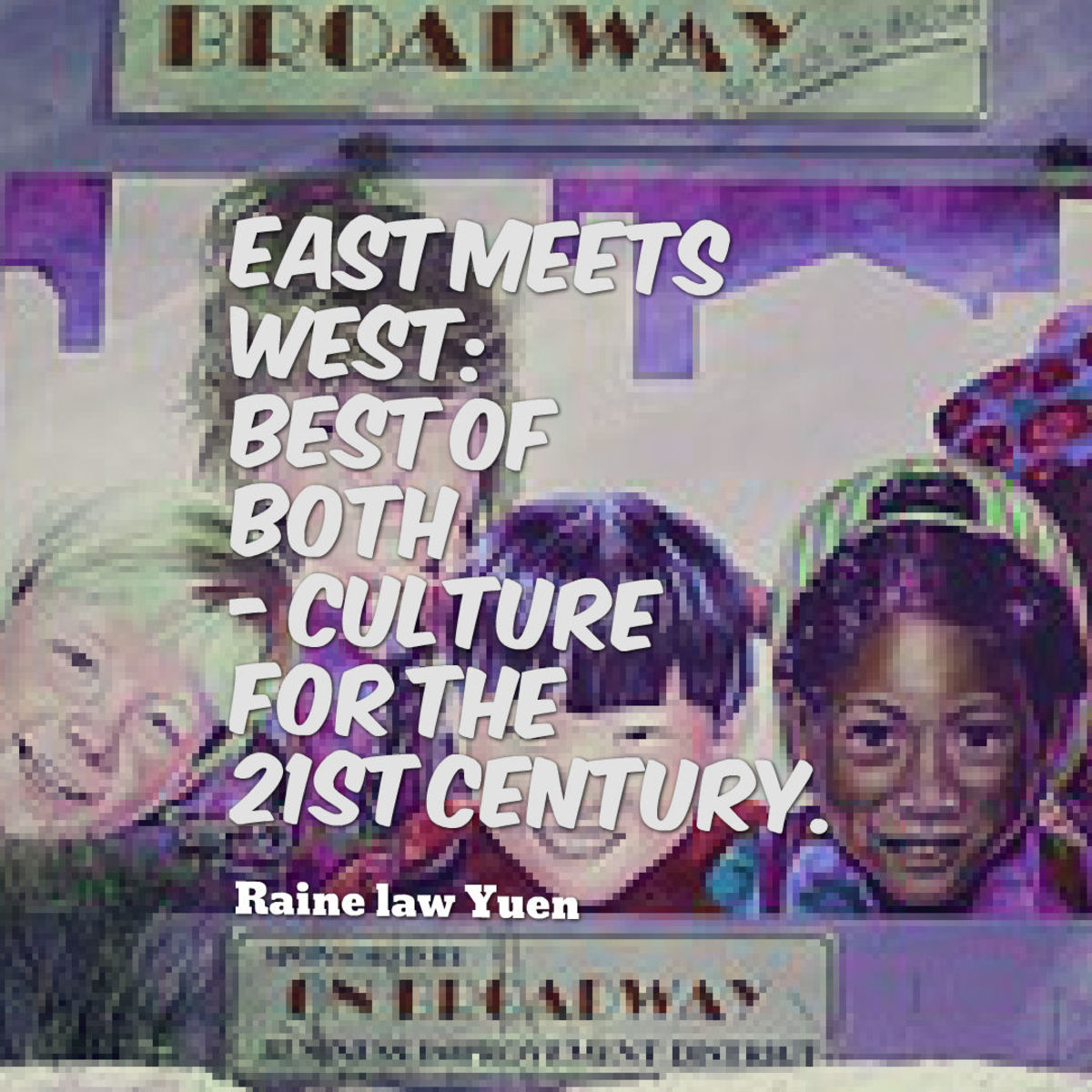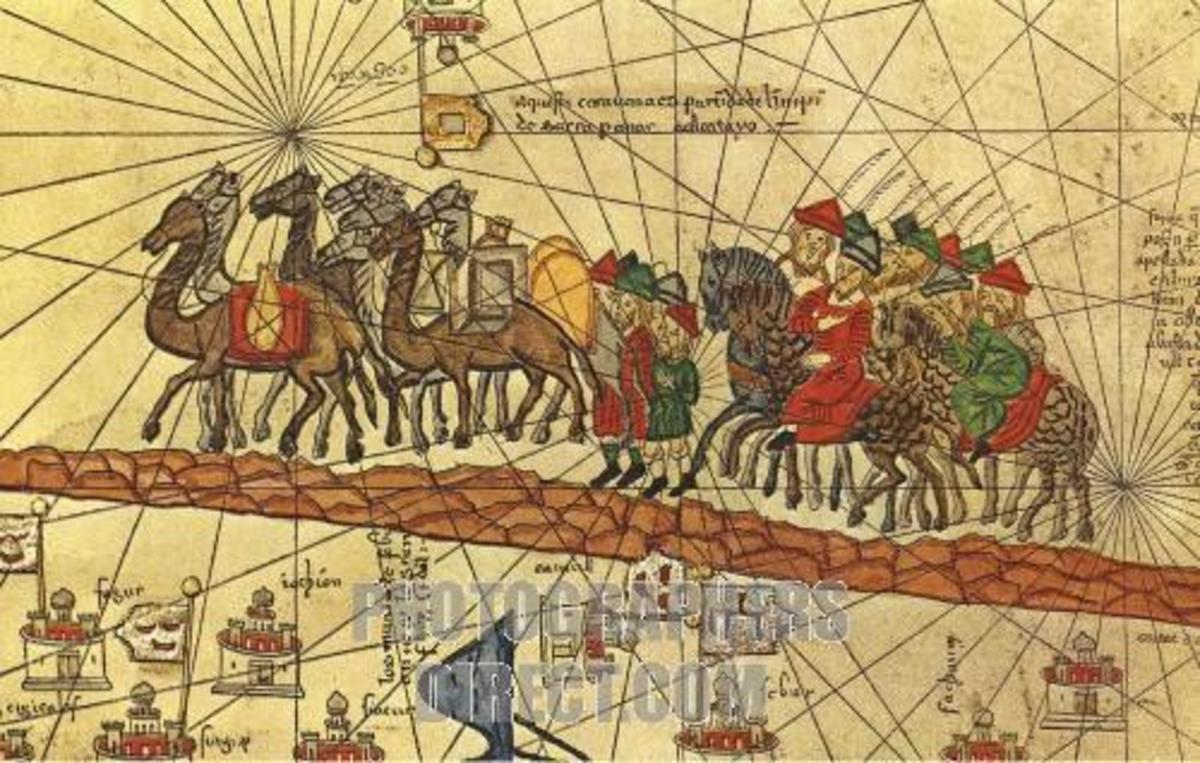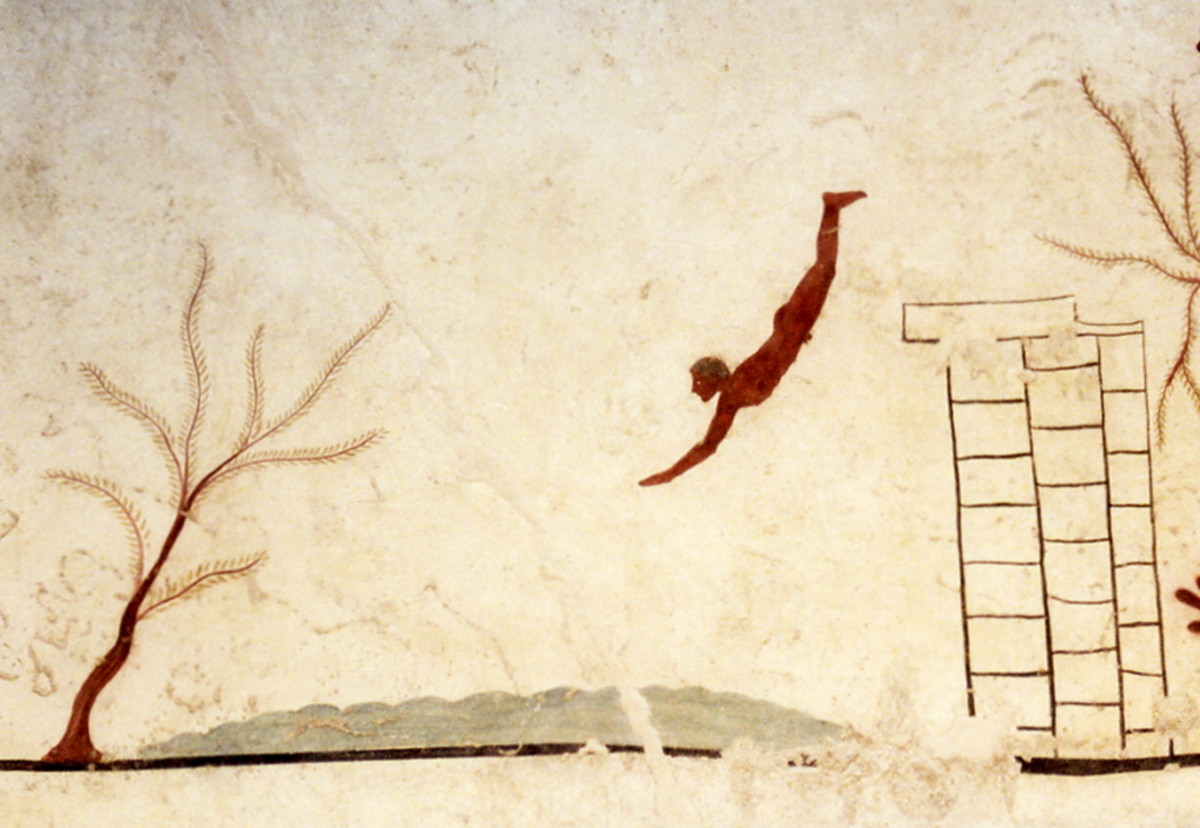Politics and Aesthetics in the Spanish Phalangist Culture
Thomas Mermell argues that there were lines between aesthetics and politics in the Spanish phalangist culture, and that the philosophical and cultural essay became the primary vehicle for ideas in Spanish culture after the Civil War (1936-39). In a regime where there was no continuity in the development of design and where a longer period in the development of design is not visible, I think it will be relevant to look at a cultural context that includes a further cultural expression under Franco's regime, the literature .
The philosophical and cultural essay as a carrier of ideas
In the absence of documentation of design in the period from the end of the Second Republic (1931-1936) until the 1960s, and the significance of design in a socio-political context, the language will be able to remain as a carrier of ideas. In this context, I refer to José Ortega y Gasset, who was seen as an important communicator of Western European culture in Spain. Ortega y Gasset returned from exile in Argentina and founded the Faculty of Humanities in Madrid together with Julían Maria's Aguilera in 1948, and helped to make philosophy an accessible field for the Spaniards. The faculty was closed down two years later because of lack of support and opposition from Franco's regime, but Ortega's texts continued to be red during the dictatorship. Ortega criticized the mass culture and thought an intellectual elite had to control the ignorant masses. According to him, it is up to each individual self to create both his morals and his theoretical understanding of the world.
Ortega looked at the individual as not only a thinking person, but also as, "... a res dramatica, both in his resolve to live authentically through the pursuit of his vocation and in his response to circumstances." For Ortega, the self is an individual who reflects on its self and acts on its own self. Because each life is the result of an interjection between one's self and circumstances, each individual has his or her own perspective, no truth is given.
The aesthetic essay in the isolated Spain
During the 50's isolated Spain, there existed only the aesthetic essay that avoided to criticize existing reality, but sought to understand and explain parts of it. One of the questions Laín Entralgo, who belonged to the 36th generation, discussed with the neo-traditionalists of 1948 associated with the Catholic organization Opus Dei, was what had been the purpose of the civil war and what was referred to by the outside world as the 'problem Spain', where primarily Spain's relationship with the outside world was discussed.
Vicente Marreo describes the purpose of the war as: "For us, (...) it was between those who wished to preserve their faith in God and those without God; between the cross and the red star; between intelligence and the "intelligentsia. "; a struggle over being or nothing less". Instead of discussing the 'problem Spain' in relation to the social-political, which Franco's regime would not allow, the discussion revolved around different views of the nature and nature of the Spaniards, and about differences in the view of preserving traditions based on Christian faith, and those who belonged to a new direction and looked toward science.
Noucentism; the first official style in Catalonia
Mermall argues that intellectual phalangists were partly inspired by the essay Las ideas de las formas (The Ideas of the Forms) by Eugenio d`Ors, in which he sought to relate historical architectural forms to political institutions and highlight what he saw as a new sensibility in the 20th century art. D`Ors described artists who expressed the new sensibility and who wanted a return to classicism and the urban, as noucentists. Modeled in Greco-Roman classical formalism and in urbanism, Noucentism is referred to as Catalonia's first `official` style, and was supported by the local government.
Symmetry and geometric principles in architecture and social systems
Under Franco's regime, symmetry and geometric principles in architecture became a formal basis also in the construction of social systems; "(...), designed to convey the image of unity, totality, order and grandeur. (...). For the Falange the aesthetics of geometry were not confined to direct, overt propaganda; they became the basis for a theory of culture and an image of man".
Mermall points out how the writings of D’Ors promoted a distinction between two main directions in cultural morphology that became guiding the phalangists; the classical, hierarchical and Catholic Mediterranean and the liberal, romantic and Protestant Nordic.
Through an example of the aesthetics of D'Or used in the drama El viaje del joven Tobias (The Journey of the Young Tobias), (1938), written by Torente Ballester, he shows how two contradictory forces in human nature are juxtaposed; the hierarchical, rational and spiritual and the demonic, irrational and anarchist.
References
Mermall, The Rhetoric of Humanism: Spanish Culture after Ortega y Gassett, page 1, 10,12, 18, 19 and 20.
Hondrich, The Oxford Companion to Philosophy, 2. edition, (Oxford: Oxford University Press, 2005), page 673.
Narotzky, La Barcelona del diseño, page 77-78.
© 2019 Gro Kristina Slaatto








